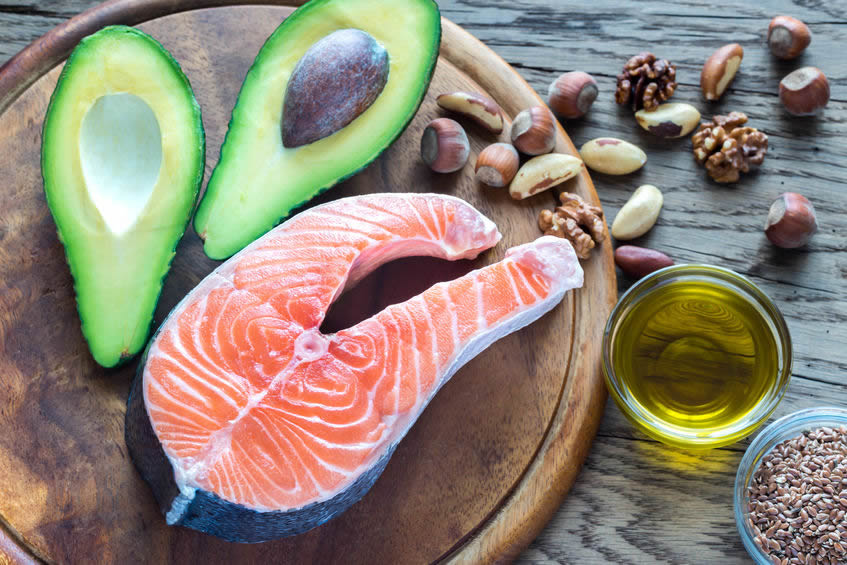C-reactive Protein, or CRP, is One of the Key Markers for Inflammatory Diseases
 According to a growing body of evidence, CRP, or high sensitivity C-reactive protein, is one of the key markers for inflammatory diseases, such as cardiovascular disease, hypertension and arthritis. The good news is that there are things you can do to reduce CRP levels in your blood.
According to a growing body of evidence, CRP, or high sensitivity C-reactive protein, is one of the key markers for inflammatory diseases, such as cardiovascular disease, hypertension and arthritis. The good news is that there are things you can do to reduce CRP levels in your blood.
Go Fish
- A study of 48 obese men uncovered that treatment with fish oil and cholesterol-lowering medication lowered CRP.¹
- Arthritic, inflamed joints have benefited from oils typically found in cold-water fatty fish, including salmon, mackerel, herring and fresh blue fin tuna.²
- A study in Denmark of people with rheumatoid arthritis revealed that an average of 4 ounces of fish daily decreased morning stiffness, swollen joints and general pain for people after 6 months following the prescribed meal plan.²
- At the University of Washington, a study revealed that people who ate two or more servings of baked or broiled fish every week were 40% less likely to develop arthritis.
Fish oil supplements require caution since they can interact with other medications and can lead to bleeding problems if taken with blood thinner-type medications like aspirin.
Reduce Omega-6 Oils
- It is important to limit your intake of omega-6 fatty acids since these are pro-inflammatory, unlike omega-3 fatty acids, which are anti-inflammatory.² Omega-6 fatty acids are found in processed oils from corn, cottonseed and sunflowers, as well as in processed foods (e.g., boxed rice and stuffing mixes, frozen foods and desserts).
Eat Enough Fiber
Data from the National Health and Nutrition Examination Survey with 3,920 adult participants showed that dietary fiber was associated with lower levels of CRP. According to the Journal of Nutrition (2004), fiber was found to be independently associated with CRP, which supports the high fiber recommendations of many health authorities.³
The Bottom Line
Good nutrition and lifestyle basics come into play if you want to keep your CRP levels low:
- Eat plenty of vegetables, fruits and whole grains along with a couple of portions of cold-water fatty fish per week.
- Keep saturated fat and trans fatty acid intake low.
- Aim for 30 minutes of physical activity on most days.
By Victoria Shanta-Retelny, RD, LD
References
- Clin Chem 48:6 977-883. 2002.
- Tuft’s Univ Health & Nutri Ltr 21:12 4-5. 2004.
- Amer Soc Nutr Sci 1181-1185. 2004.
Just the Facts
- Since hypertension is a known precursor to heart disease, it is not a surprise that Harvard physicians uncovered that women with high CRP levels were 4.5 times more likely to have heart attack, stroke and bypass surgery than those with the lowest levels.
- Regardless of desirable cholesterol levels, those with higher CRP still experienced heart trouble.
- An estimated 25-30 million Americans fall into the low cholesterol/high CRP category.²
© Food and Health Communications
Woodholme encourages a healthy diet and proper nutrition as one aspect of maintaining heart health. The nutrition information and recipes are presented for informational purposes only and are not intended to take the place of one-on-one advice from your doctor. Please follow your personal physician’s recommendations if any recipes, ingredients, or advice found here conflict with what your doctor

